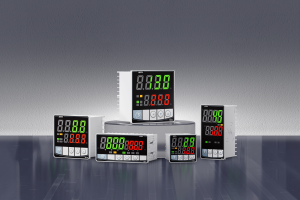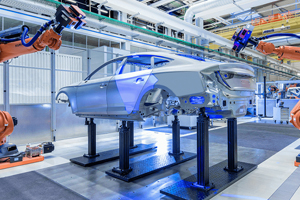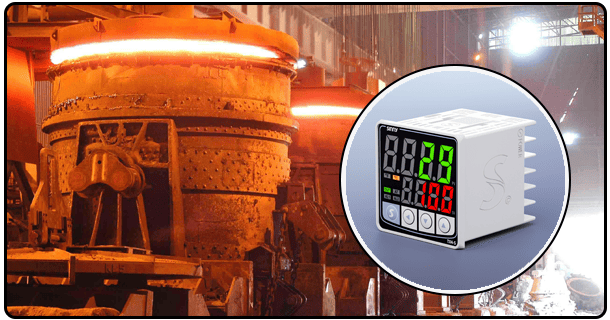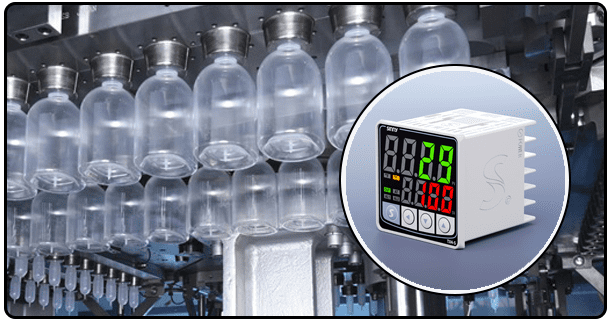How to use a PID temperature controller: A comprehensive guide and applications
This comprehensive guide will teach you the basics of PID temperature controls. Discover their advantages and benefits, as well as the types, functions, operating principles, history, and applications.
2. The History of PID temperature controllers
PID temperature controls date back to the beginning of 20th century. Nicholas Minorsky, Harold Black and others laid the foundation for the control theory that led to PID controllers. In the 40s, the Ziegler Nichols tuning technique was invented. PID controllers are now indispensable for regulating temperature thanks to these advancements.
3. What are PID temperature controllers?
The PID controls adjust the output continuously according to the temperature difference between desired and actual setpoints. Three main components make up PID controllers:
Component proportional (P),: Produces an output that is proportional to error.
Component Integral (I).: This component addresses the past errors by integrating them over time, and then adjusting outputs accordingly.
Component (D): This component predicts the future error by analyzing the rate at which the error changes. It provides a dampening effect that improves stability.
Feedback control mechanisms include sensors to measure temperature, and actuators which manipulate heating or cooling elements. The controller adjusts output from the actuator based on the sensor input.
4. Different types of temperature controllers with PID
Different types of temperature PID controllers are available for different applications.
Standalone temperature controllers: Units that can be used independently to control temperatures without additional equipment.
Integrated Controllers for PLCs These controllers can be embedded into PLCs to perform more complex tasks.
Analog vs. Digital PID Controls: While analog controls are more affordable and simpler, digital controllers have higher precision.
5. PID Temperature Controls: Applications
Due to their flexibility and effectiveness, PID temperature controls are used in many industries:
Industrial Automation and Process Control : Ensure optimal conditions for manufacturing processes.
Food and Beverage Industry : Maintaining constant temperatures during cooking and pasteurization.
Chemical Manufacturing : Regulating temperature in reactors, and distillation columns.
Pharmaceutical Industry : Ensure precise temperature control during drug formulation and storage.
HVAC System: Provides stable temperature regulation for heating, ventilation and air-conditioning systems.
6. Benefits of using PID temperature controllers
The PID controller has several advantages:
Accuracy and Precision They offer precise temperature control and minimize deviations and fluctuations.
Energy Saving : PID controllers can reduce the energy consumed by optimizing heating and cooling.
Consistent and Improved Product Consistency: Temperature control is essential to ensuring uniform quality.
Reduction of Manual Intervention Automated controls reduce the need for manual adjustment and constant monitoring.
Consider the environmental conditions. Factors such as dust, humidity and vibrations can affect controller performance.
Budget : Compare the costs-effectiveness and quality of various models.
Installation: Choose controllers with an easy installation and configuration.
8. Troubleshooting & Maintenance
Maintenance and proper troubleshooting is crucial to the performance of temperature controllers with PID:
Common Problems and Solutions: Resolve issues like sensor malfunctions, actuator problems, and wiring.
Maintenance Guidelines Perform regular checks and calibrate to ensure accuracy and stability.
Tuning and Calibration Tips: Adjust the PID parameter to reach the desired control level.
- How PID Temperature Controllers Work: Comprehensive Guide
- What PID Controllers Do When used for temperature control























